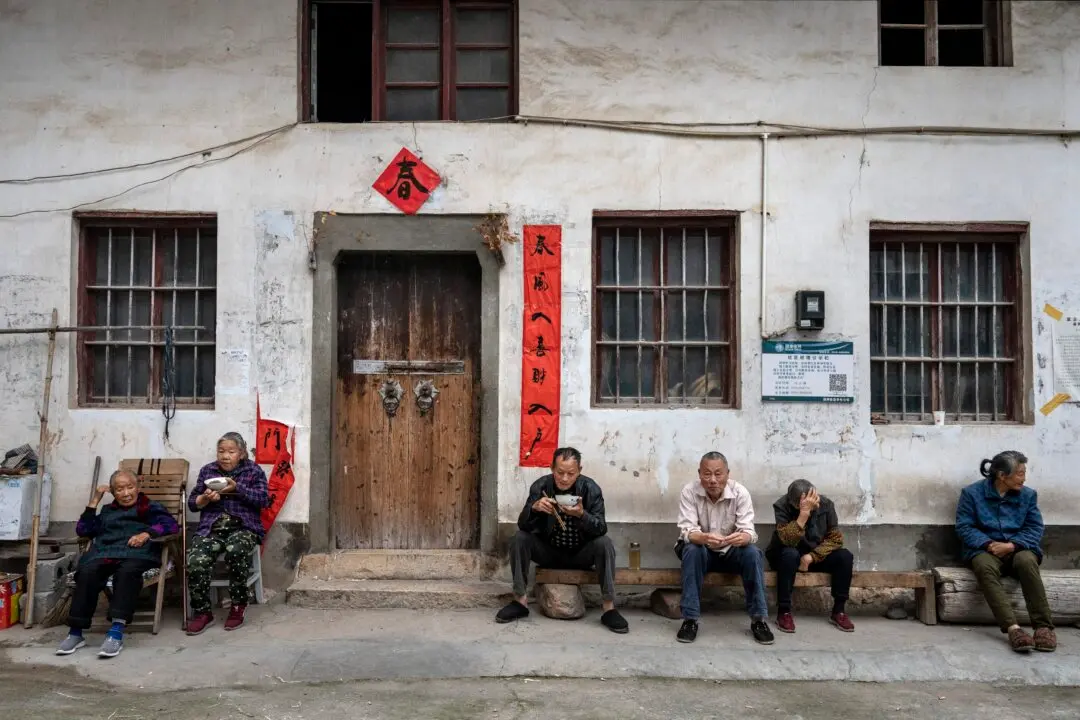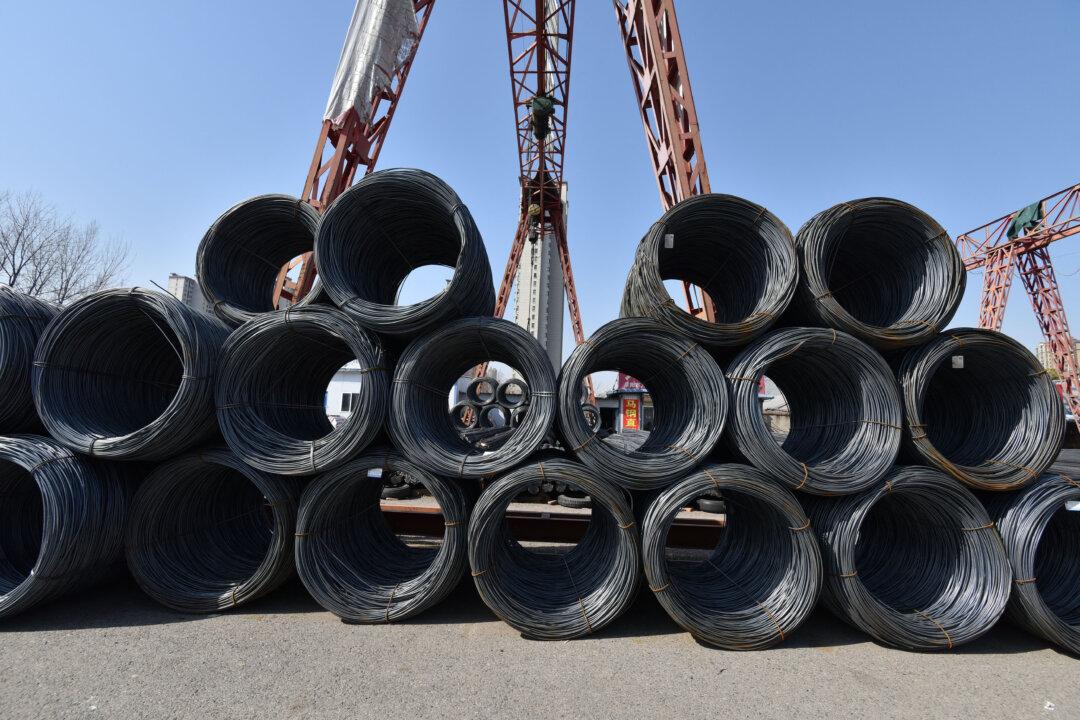As China prepares for the muted Lunar New Year celebrations due to Omicron, it faces its largest challenges to economic growth.
With 2022 the Communist Party version of an election year—a time when growth is typically boosted and credit loosened—China faces some of the deepest challenges to growth it has faced in some time. With 2021 growth forecast to come in around 5 percent, serious questions exist over how China will reach that level of growth in such a challenging environment.
Despite the public talk of shifting China to a consumer-based economy, shoppers seem less willing to comply. Burdened with rapidly rising household debt level that now surpasses the United States and most other developed countries relative to income, consumers simply do not have the ability to increase spending that Beijing would like them to have. After accounting for the base effect from the pandemic-induced drop in retail spending in early 2020, November 2021 consumer spending grew at a paltry 3.9 percent. With tight household finances carrying over into 2022, the consumer seems an unlikely source of growth.
China seems unlikely to find enough external demand to power growth in 2022. Due to strong external demand, China is likely to run a trade balance in 2021 in excess of $600 billion—likely up for the entire year by more than 25 percent. This makes depending on a burgeoning trade balance to drive growth tenuous for 2022. Even with the trade balance growing likely more than 25 percent for all of 2021, that represents a boost of official growth of less than 0.8 percent. While it is not negligible that rate of growth is highly unlikely to replicate itself in 2022, and with official GDP expanding rapidly, the surplus contributes less to realized growth.
The fundamentals of growth in China are extremely weak. Studies have regularly found that productivity growth remains weak if positive for a supposedly rapidly growing economy. With demographic pressures in the labor force reducing growth and natural age boosts to growth, China will fall back on increasing capital inputs to boost growth. However, there are significant risks and headwinds here.
China is already a highly indebted country by any standard—even when compared to advanced economies. When compared to other middle-income countries with similar per capita GDP, China’s debt level is an extreme outlier even when broken out by public, private, and household.
China faces a bleak 2022. Its real estate sector is teetering on the brink, developers are in default, and local governments are starved for revenue from land sales—a sector responsible for approximately 30 percent of the economy. To combat a slowing real estate and construction sector is going to require significant boost in debt well in excess of GDP growth, which would further exacerbate China’s already burdensome debt load.
Though real estate sales were up strongly for most of the year, up more than 23 percent for the year to date in July, sales have collapsed as worries about Evergrande have spread and lending slowed. A total yearly growth of only 3.8 percent through November indicates falling sales through the later half of the year, with a weak outlook heading into 2022.
To counter the economic headwinds, Beijing has announced plans to speed up bond issuance and lending to state-owned real estate developers to purchase projects from weaker firms. This is not exactly a solution in promoting growth, but it does keep things moving along.
To hit that 5 percent growth mark, this will necessitate growth likely upwards of 10 percent. The no base effect from the pandemic year means Beijing will be propping up over indebted firms and households by piling on more debt. Steel, coal, and developers are going to get a lot more funding to build a lot more in 2022 to have any hope of hitting growth targets. It may help with a short-term target; however, it does nothing but make the inevitable adjustment that much more painful.
China watchers are filled with trite cliches to describe the country. One of the most common is that Chinese leaders focus on the long term and that speed with which the Chinese economy changes. The reality is much more mundane. The structure of the Chinese economy has changed only a little, because making reforms targeting longer term health and stability would require significant short-term pain and slowdown in economic growth. Beijing is unwilling to make those changes—so the more that the Chinese economy changes, the more it stays the same.





